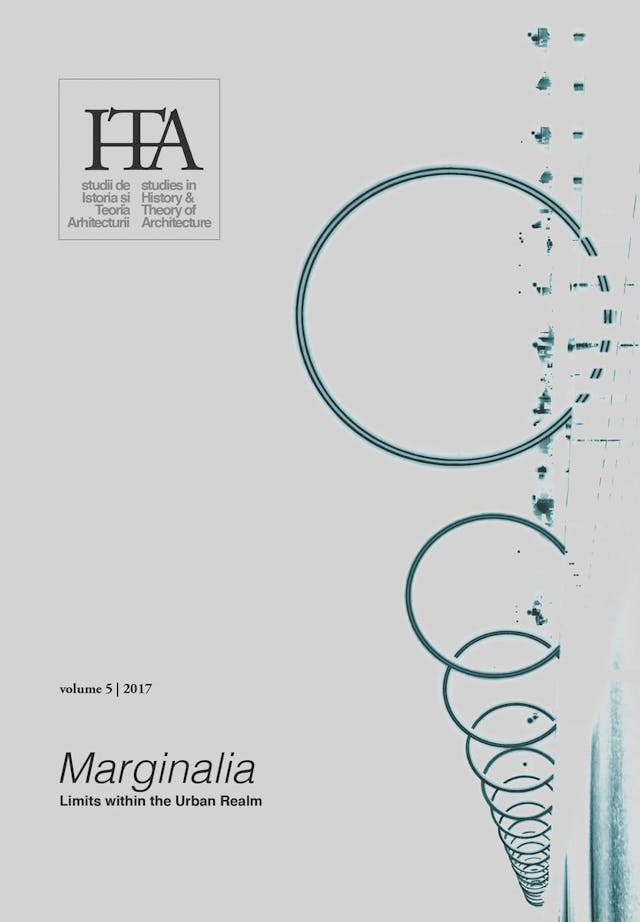Interior Public Spaces. Addressing the Inside-Outside Interface
Interior Public Spaces.
Addressing the Inside-Outside Interface
by
Sorana Rădulescu
Keywords
POPS
open city
Quito Papers
building interface
interior urbanism
The Quito Papers (2016) formulate in form of a manifesto a vision for the future development of cities. Proclaimed in parallel to the UN-Habitat’s New Urban Agenda by Sennett, Sassen, Clos and Burdett, the Quito Papers advocate for porous, complex and incomplete cities. This is a call for an open system for the city. Within this theoretical framework, the interface between exterior and interior (built) spaces becomes an important aspect. The edge condition between open and enclosed spaces renders as an area of exchange and potential. The work focuses on the public venue through the lens of interior urbanism. What are the benefits of bringing the outside in? What are adequate architectural means – morphological and typological – for creating the necessary synapses between the built environment and its surrounding urban fabric? In more concrete terms, the work questions the capability of privately owned public spaces (POPS) to blur and finally dilute the boundary between the built structure and the adjacent public realm. It investigates paradigmatic instances of interior public spaces within the normative framework of POPS in order to distillate the potentials of this urban tool in the search for an open city strategy.
Published in

Chicago citation style
DOI:
10.54508/sITA.5.08